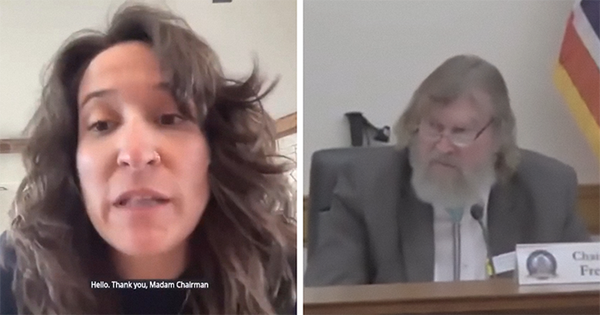
While there’s often a general conception that the world is hypersexual and everyone is having lots of sex, the reality is quite different. Some international studies have found that rates of sexual activity are dropping overall. One of the reasons suggested to explain this decrease has been reliance on pornography and internet-based unpartnered sexual exploration instead of partnered activity.
Ben* came to therapy because of difficulties in his relationship with his girlfriend. He was 25 and his girlfriend was his first partner. They’d been together for a year and had just moved in together into a sharehouse. Ben said they were struggling to communicate about sex and had found it difficult to agree on sexual frequency. He admitted with some sheepishness that his girlfriend wanted sex more often than he did; he said he would be happy with sex once every two weeks.
While there is no specific frequency that is “normal”, this was on the lower end of typical for his age. We spoke about his sexual functioning in more detail and he said he much preferred masturbation to sex. He found sex “boring” and often struggled to get an erection or to ejaculate, and felt as though he disappointed his girlfriend and was “not a man”. He felt very anxious about sex and had started avoiding intimacy and touch completely.
Ben said he had been watching pornography from the age of 11. He first stumbled across it with an older friend and found it arousing. He started searching for pornography when he was alone and was soon using pornography to masturbate. His parents were going through a divorce and were distracted with their difficulties; there was little supervision around his internet use, and he started escaping into the internet as a way of avoiding the conflict at home.
By 13 he was spending a lot of time watching pornography and continued this until he moved in with his girlfriend. Over time, Ben had started to access increasingly extreme material, such as pornography with strong violent themes. He found he was no longer able to get aroused with “weaker stuff”. He had also habituated himself to a very specific masturbatory pattern and found it difficult to break this sexual template and enjoy the different pace of partnered sex. Ben said he’d never learned to communicate with women about sex and assumed the sexual acts he saw in pornography (eg strangulation) were desired by women. He felt uncomfortable with the idea of engaging in these acts himself, but didn’t have the vocabulary or confidence to talk to his partner about what they both wanted.
Once we identified the primary factors contributing to Ben’s sexual difficulties, we were able to formulate a treatment approach. Ben and I decided to use a cognitive behavioural therapy approach in our work together, with some additional techniques derived from acceptance and commitment therapy.
Our initial focus was on providing some basic psychoeducation around sex, including the differences between arousal patterns in men and women, and the importance of temporarily ceasing pornography use to allow himself to build broader sexual templates. Ben found it very difficult to cease pornography use, and we explored the reasons he used this material – identifying that it served a self-soothing function, was a way for him to detach from the stressors of the day and a way for him to feel empowered, as well as providing his primary means of sexual pleasure.
We worked on helping Ben understand the triggers for pornography use (eg feeling lonely or detached), building a range of skills to help him “surf the urge” to use pornography and identified it as a thought which could be tolerated and ignored instead of immediately acted upon. He had to build a range of other emotional management techniques, and he realised he was very socially anxious and had hidden in pornography use instead of seeking and finding other forms of sexual or nonsexual connection.
Ben and his partner started seeing a sex therapist who was able to work with them on sensate focused therapy to help him break the masturbatory patterns he had formed so he could find pleasure in other forms of intimate contact. They also worked on building communication skills so they could talk about sex.
Ben had to work very hard to rewire and change his sexual patterns and this took effort, time and commitment. It also meant he had to confront the reasons he started using pornography (mainly a difficult family life and a need for comfort) and the other difficulties that overuse of porn and masturbation had masked – such as his social anxiety and poor communication skills.
*All clients discussed are fictional amalgams
• Dr Ahona Guha is a clinical and forensic psychologist, trauma expert and author from Melbourne. She is the author of Reclaim: Understanding Complex Trauma and Those Who Abuse, and Life Skills for a Broken World
• In Australia, support is available at BeyondBlue on 1300 22 4636 or www.beyondblue.org.au; at the crisis support service Lifeline at 13 11 14 or www.lifeline.org.au; and at Mensline on 1300 789 978 or www.mensline.org.au. In the US, Mental Health America is at 800-273-8255 and www.mentalhealthamerica.net. In the UK and Ireland, Samaritans can be contacted on 116 123, or go to www.samaritans.org to find details of your nearest branch







